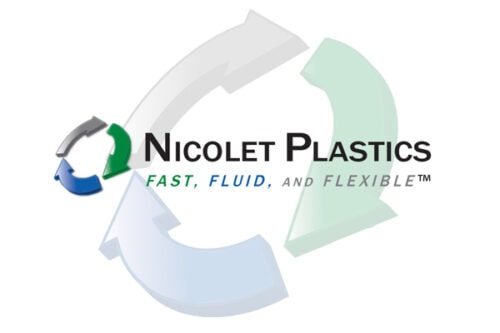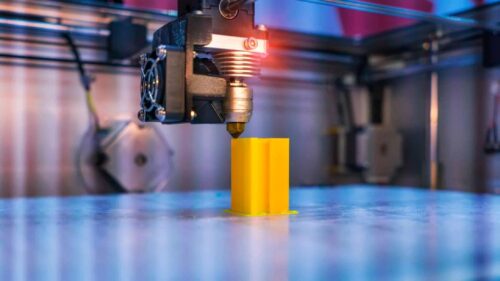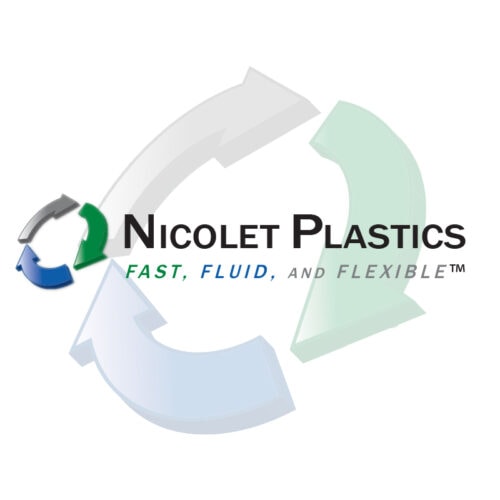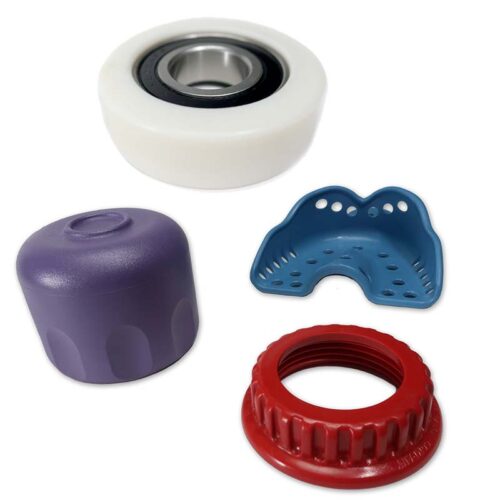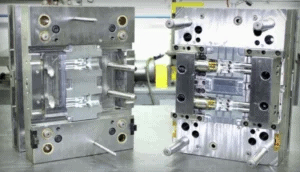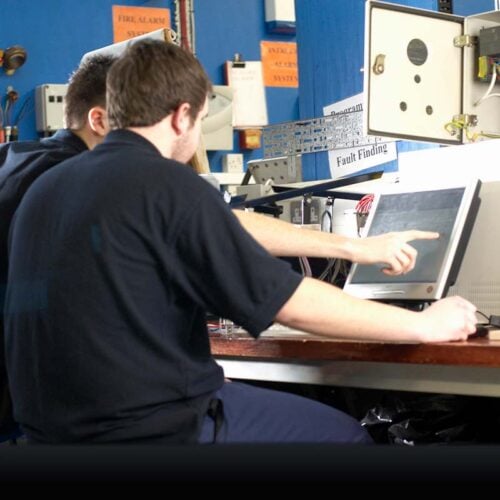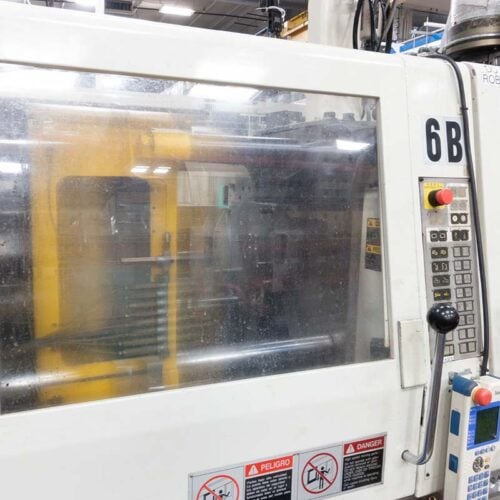Injection mold tooling and part production can challenge even the most experienced product manufacturers. In some circumstances, product designers may have minimal experience working with plastics or be managing a design that requires advanced consultation.
Ultimately, the goal that you and your injection molder should strive to achieve is an optimized mold for the type of plastic, part geometry and finish, desired cycle time, production volume and, of course, highest level of cost effectiveness.
Where do you begin with so many variables? These are the important aspects every product manufacturer should know about plastic injection molding.
Pricing Factors
Injection molding is one of the most commonly used methods of manufacturing plastic parts because it can be done at a reasonable price and with the use of a large variety of materials. This oftentimes fully-automated process can produce a high rate of output that is typically more budget-friendly than alternative production options.
Mold Price Factors
- Design Strategy: Have a strong understanding of your part’s end use and the requirements for volume, complexity, tolerances, surface finish, gating and molding material will allow your injection molder partner to determine the most appropriate and cost-effective solution for you.
- Mold Size: It’s a given that larger parts will require a larger mold and generally increase cost. However, there are ways to optimize mold and part design to help reduce cost. An additional consideration is when a part’s material feed system is properly sized, the cost of the injection molded part may be reduced.
- Offshore vs. Onshore: There are some common misconceptions regarding offshore mold production and cost savings. Oftentimes, offshore mold production does not reduce time or mold / part cost in the long run.
Not only are molds made in the U.S. generally higher quality, sometimes governmental regulations require that tooling be designed and built in the U.S.
In the case where you have a challenging mold build, working with a reputable injection molder in which you can establish a trusting relationship, will save you time and money over the life of the mold and part production. Challenging builds may include multiple cavities, moveable mold components, thin walls, complex textures, gating restrictions, tight tolerances and more.
Part Price Factors
- Part size: Part size is a factor with larger parts resulting in a greater material cost.
- Part design: Complex part designs result in an increased tool cost. Working with a knowledgeable design engineer to simplifying part design can lower the cost of the tool. A mold that is well-designed ultimately has lower residual costs over time in addition to lower part reject rates.
- Material selection: There are many factors that can affect the cost of your material selection. Does the part need to withstand pressure, weight, temperature variations or elements / chemicals? Do any regulatory requirements apply? High performing and specialty resins come with a higher cost. Certain characteristics of your resin can also increase the maintenance cost of your mold.
- Part tolerance: Parts designed with tight tolerances will require more intricate manufacturing steps which may can increase manufacturing and tool maintenance costs.
- Volume: It’s obvious that the higher your annual volume, the higher overall cost is for part production. However, it’s important to also consider volume not only in the number of parts, but also hours of production. Parts that will be run at a higher volume, need high quality tools with possibly a higher number of cavities. That said, cost per part typically goes down as volume goes up.
- Cycle time: Cycle time is another example of where well designed tooling and part cost go hand in hand. Fast machine cycles during the production process require well-designed tooling and a high precision build for a part to cool uniformly throughout the cavity impression.
- Gate location: Proper gate location is a critical component to part quality. Parts that require design techniques where gates are not at the side of the part may increase tool cost.
Industry Jargon
Plastic injection molding continues to evolve with advances in technology and resin science. Many important decisions regarding tool build, materials, maintenance and production happens during the communication process between you and your injection molder. Each party should have a strong understanding of short-term and long-term expectations which should be shared early in the design / development process.
Like any profession, no plastic injection molder is the same. While there are certain terms, keywords and phrases with implied meaning, it is helpful to have an understanding of the terminology that will be used throughout the completion of your project.
Early Design Consultation
Choosing an experienced injection molder that provides design consultation is one of the most important factors in your production process. Designing a plastic part for manufacturability involves many important facets that touch on all areas of part design, tooling, material selection and production. First, it is essential to build parts around functional needs by keeping design intent or the end use in mind. Consider weight reductions, the elimination of fabrication and assembly steps, improving structural components, reducing costs and getting products to market quicker.
In addition to early design consultation, working with a partner that provides the latest technology in mold flow analysis can save significant time and budget dollars. Mold flow software can be used to evaluate the design to make sure it will produce the most consistent and highest quality parts from each cavity of the tool. A virtual model of the mold is created and, using the known data and characteristics of the chosen material, the software can predict how the material will flow into the mold and its cavities. Different data points can be assessed, including pressure, fill time and melt temperature. Doing so allows for optimization of the process before tool production ever begins.
The information provided above offers direction and recommendations for understanding the important aspects of injection molding prior to beginning your production process. Regardless of the elements you think your project requires, it is always vital to start with a thorough consultation to evaluate what will work best for your product, budget and timeline.
Injection molding is a complex process, but it doesn’t have to be overwhelming. Nicolet Plastics is here to help. Contact our knowledgeable design engineers, tooling and production experts to help you get started on your next project.

